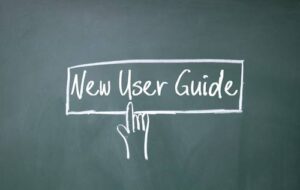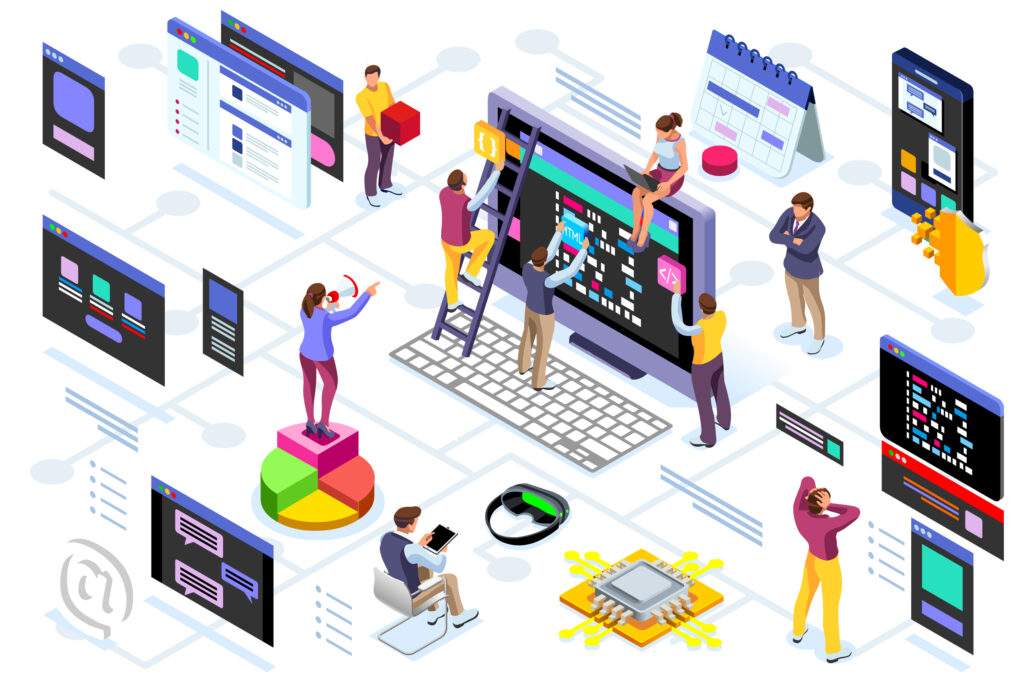All-in-one business management software benefits everyone, right? At a glance, that should be your logical conclusion. A system that runs core business processes while connecting company-wide data should involve every employee at the companies who use it.
But benefit and use are two very different things. Many employees of SMBs feel that when their companies choose new software, they make decisions to improve executive-level jobs. Meanwhile, other employees are left to learn new systems that don’t necessarily aid their workflows. Given the core benefits of all-in-one business management software solutions, this problem feels especially acute. With integrated software suites, executives and upper-level management can:

- Track employee progress on tasks and projects
- Report from complex and dynamic data sources
- See real-time financial information
These benefits are crucial for enabling company executives to make informed decisions more strategically. But where does that leave lower-level employees, whose job functions might entail customer support, data entry, and the completion of project-based tasks? There are major consequences for executives (and businesses) who can’t answer that question for employees who are going to spend most of their time in a new software system. Company culture, productivity, and morale are all going to suffer.
So how can executives help employees understand how a new all-in-one business management software will make their jobs easier and more efficient? How can they tap into the core benefit for employees: more time spent on meaningful work and less time spent on menial work? It’s all about the process of communication.
Developing a Communication Strategy
Given the abstract thinking that can go into the implementation and onboarding of all-in-one business management software, it may not be realistic to expect your employees to understand the benefits of your new system immediately. And learning to navigate new software that is directly tied to their performance will probably stoke fear about their ability to do their job well.
Here’s how to communicate the benefits of all-in-one business systems to your employees in a way that will make a positive impact. On a higher level, your communication strategy will make everyone feel good about your adoption of new software. And rightfully so.
Involve Employees Directly in Training

A 2020 report by the Panorama Consulting Group notes that “no matter how much organizations communicate with employees before selection, employees need to actively be involved in selection activities in order to feel confident about the project.” According to the study, only 16.7% of employees in companies surveyed expressed buy-in support for an ERP implementation project. Compare that with the 83% of respondents who showed some to strong buy-in after implementing.
Ensuring that employees who use the system can play a direct role in “selection activities” like training has several benefits. On a practical level, it allows them to develop buy-in on day one. Your vendor can help you communicate how the software addresses the many different roles your employees occupy. On an emotional level, your employees will see that you value their input. Give them a chance to ask questions and voice concerns. It’s okay to lean on your vendor in order to come up with great answers.
Speak to Their Fears and Values
When adopting new all-in-one business management software, think like your employees. What do they value in their jobs? What are they afraid of? You can be absolutely sure they’re asking themselves many questions:
- Will this new software system eventually replace me?
- What if it takes too long to learn and my boss thinks I’m incompetent?
- Does getting new software mean my company isn’t doing well?
- Will this software free me up to work on something more interesting?
All of these questions point to the same feeling: wanting to be both essential and included. Having a conversation where you address these questions on an emotional level will make employees feel at ease. Further, they’ll be excited about the possibility of new software instead of fearing the unknown.
Share Support Resources

Assuming your software vendor has provided training materials to supplement hands-on sessions, make sure employees have easy access to them. Those valuable resources may include certification courses, video walkthroughs, and user documentation. Let’s face it: your employees will certainly have questions about the procedural aspects of using your new software suite. By providing clear and easy access to those materials, you’ll make their lives much easier.
If your vendor offers a support plan, make sure your employees are taking advantage of it. Live chat, ticket submission, and phone calls are all appropriate ways for employees to get help quickly. Again, the key is to make sure they have a clear path to access vendor support.
Keep All Divisions in the Loop
Not every division of a company adopts an all-in-one business management software at the same time. In fact, most companies adopt a phased approach. If that process reflects your plan, you’re likely to have employees for whom the new system will seem like a future abstraction. They may only know what they’ve heard in the office break room. Don’t let that be the case. Instead, involve them in all of the ways discussed above. You might also consider assigning partners so that employees who have adopted can train members of other divisions. There’s simply no substitute for users to educate each other through hands-on methods.
Conclusion
All-in-one business management software doesn’t exist to benefit companies. It exists to benefit people. Of course, companies are beneficiaries on an abstract level, but the people who work in the software every day are the ones who actually live those benefits. It’s important that you don’t keep your employees in the dark when you’re preparing to adopt a new software solution.
Keep the lines of communication open. Address questions and concerns head-on, and involve everyone in the process. A comprehensive software system touches all employees of a company. Make sure that you’re just as clear about defining and explaining how it will help them as you are about how it will help you.









 Be a manager, not a doer
Be a manager, not a doer




